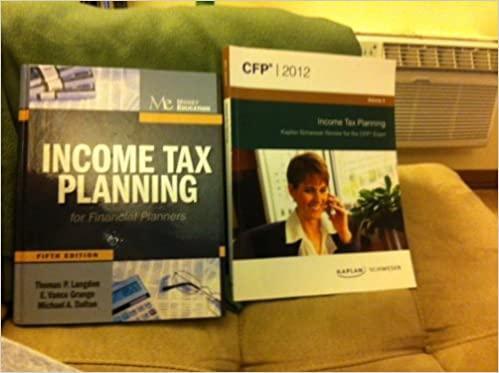
Problem 4) Transfer Pricing Argone Division of California Instruments is located in the United States. Its effective income tax rate is 30%. Another division of California Instruments, Calcia, is located in Canada, where the income tax rate is 42%. Calcia manufactures, among other things, an intermediate product for Argone called IP2007. Calcia operates at capacity and makes 8,000 units of IP2007 for Argone each period, at a variable cost of $60/unit. Assume that there are no outside customers for IP2007. Because the IP2007 must be shipped from Canada to the United States, it costs Calcia an additional $4/unit to ship the product to Argone. There are no direct fixed costs for IP2007. Calcia also manufactures other products. A product similar to IP2007 that Argone could use as a substitute is available in the United States for $75/unit. Argone sells the final product in the external at $120/unit. Required) 1. What is the minimum and maximum transfer price that would be acceptable to Argone (buying division) and Calcia (selling division) for IP2007, and why? 2. What transfer price would maximize after tax income for California Instruments as a whole? (Show your computation). Would Calcia and Argone want to be evaluated on operating income (before tax) using this transfer price? 3. Suppose California Instruments uses the transfer price from Requirement 2, and each division is evaluated on its own after-tax division operating income. Now, suppose Calcia has an opportunity to sell 8,000 units of IP2007 to an outside customer for $68 each. Calcia will not incur shipping costs because the customer is nearby and offers to pay for shipping. Assume that if Calcia accepts the special order, Argone will have to buy 8,000 units of the substitute product in the United States at $75 per unit. a) Will accepting the special order maximize after-tax income for California Instruments as a whole? b) Will Calcia want to accept this special order? Explain. c) What transfer price should California Instruments set for IP2007, so that each division acting in its own best interest takes actions that are in the best interests of California Instruments as a whole







